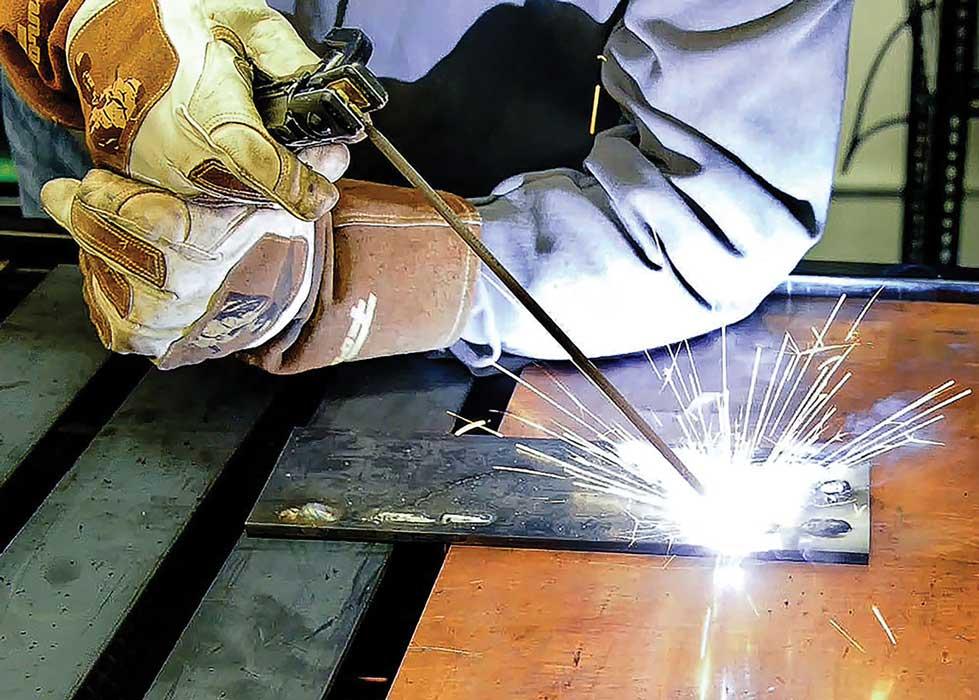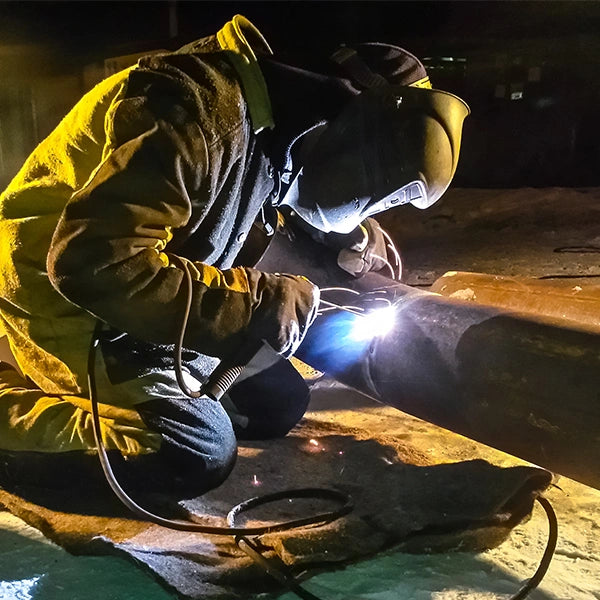Why a Welding WPS is Crucial: Enhancing Consistency and Conformity
Why a Welding WPS is Crucial: Enhancing Consistency and Conformity
Blog Article
Achieving Welding Excellence: Unveiling the Secrets of WPS Execution and Optimization
In the world of welding, achieving quality is a search that pivots on the thorough application and optimization of Welding Procedure Specs (WPS) By delving into the essential components, techniques, obstacles, and ideal techniques connected with WPS, a globe of welding quality waits for those that are prepared to discover its depths.
Importance of WPS in Welding
The Relevance of Welding Treatment Specs (WPS) in the welding industry can not be overemphasized, acting as the backbone for guaranteeing consistency, quality, and safety and security in welding procedures. A WPS offers thorough directions on just how welding is to be accomplished, consisting of essential variables such as materials, welding processes, joint design, filler metals, preheat and interpass temperatures, welding currents, voltages, travel speeds, and much more. By adhering to a well-defined WPS, welders can maintain uniformity in their work, leading to regular weld top quality across various jobs.

Crucial Element of WPS
Talking about the important elements of a welding procedure specification (WPS) is essential for understanding its duty in welding procedures. One important aspect of a WPS is the welding process specification, which outlines the particular welding procedures to be utilized, such as gas tungsten arc welding (GTAW) or protected steel arc welding (SMAW) By including these crucial aspects right into the WPS, welding procedures can be standard, making sure high quality, effectiveness, and safety and security in welding operations.
Strategies for WPS Optimization

Second of all, training and qualification of welding workers according to the specific needs of the WPS is extremely important. Offering detailed training programs and ensuring that welders are accredited to carry out treatments outlined in the WPS can lead to better welds and reduced rework.
Additionally, leveraging modern technology such as welding software and tracking systems can help in maximizing WPS. These devices can help in tracking variables, making sure criteria are within defined restrictions, and giving real-time responses to welders, allowing them to make prompt changes for boosted weld quality.
Common Challenges and Solutions
Facing obstacles in applying the approaches for WPS optimization can impede welding operations' efficiency and top quality. One usual difficulty is inadequate training or understanding of why not try these out the welding treatment specs (WPS) among the welding group.
One more challenge is the absence of correct paperwork and record-keeping, which is important for WPS optimization. Without clear documents of welding specifications, materials made use of, and assessment results, it comes to be difficult to identify locations for improvement and ensure uniformity in welding processes. Applying a robust documents system, such as digital welding monitoring software application, can help simplify record-keeping and help with information analysis for continual enhancement.
Additionally, inconsistent welding tools calibration and maintenance can posture a significant difficulty to WPS optimization. Regular devices checks, calibration, and upkeep routines must be complied with purely to make sure that welding parameters are properly managed and kept within the specified tolerances (welding WPS). By resolving these usual difficulties with proactive services, welding procedures can enhance efficiency, high quality, and total welding excellence
Ideal Practices for WPS Application
To make certain successful WPS application in welding procedures, adherence to sector criteria and thorough interest to information are extremely important. When initiating WPS application, it is critical to start by completely recognizing the specific welding requirements of the job. This requires a comprehensive review of the welding procedure specs, products to be bonded, and the environmental conditions in which the welding will happen.
As soon as the needs are clear, the following step is to select the suitable welding procedure that lines up with these requirements. This entails consulting the appropriate codes and criteria, such as those supplied by the American Welding Culture (AWS) or the International Company for Standardization (ISO), to make certain conformity and top quality.
Furthermore, documenting the entire WPS execution procedure is important for traceability and high quality control. Comprehensive records need to be maintained pertaining to welding parameters, product prep work, preheat and interpass temperatures, welding consumables made use of, and any deviations from the original treatment. Normal audits and reviews of the WPS can help recognize locations for enhancement and make sure continuous optimization of the welding process.


Conclusion
In verdict, the application and optimization of Welding Treatment Specs (WPS) is crucial for attaining welding quality. By understanding the vital elements of WPS, applying informative post efficient approaches for optimization, resolving common challenges, and adhering to best techniques, welders can ensure top notch welds and safe working problems. It is essential for specialists in the welding industry to prioritize the correct implementation of WPS to improve total welding performance and accomplish wanted outcomes.
The Significance of Welding Treatment Specifications (WPS) in the welding market can not be overemphasized, offering as the backbone for making sure uniformity, quality, and security in welding procedures. A WPS gives detailed directions on exactly how welding is to be lugged out, including important variables Website such as products, welding procedures, joint layout, filler metals, preheat and interpass temperatures, welding currents, voltages, traveling rates, and extra. One essential element of a WPS is the welding procedure requirements, which lays out the specific welding processes to be used, such as gas tungsten arc welding (GTAW) or protected metal arc welding (SMAW) By integrating these vital components right into the WPS, welding treatments can be standard, ensuring top quality, efficiency, and security in welding operations.
It is necessary for specialists in the welding sector to focus on the correct execution of WPS to boost total welding efficiency and attain wanted end results.
Report this page